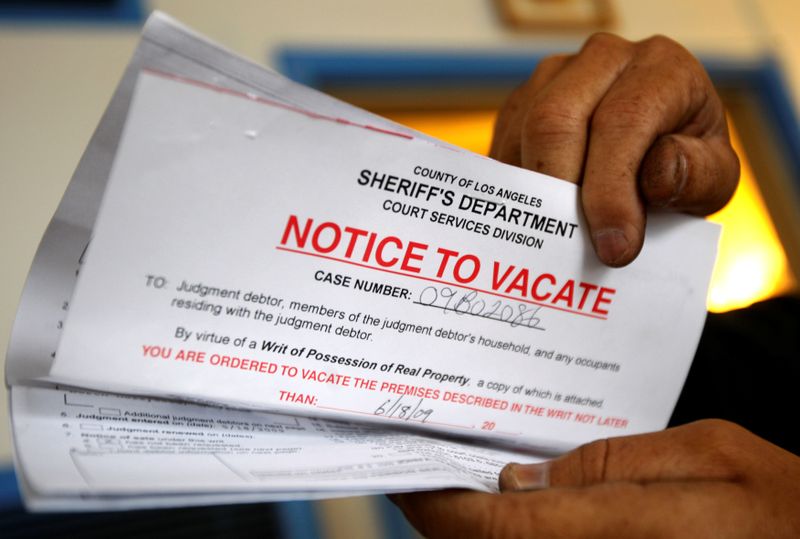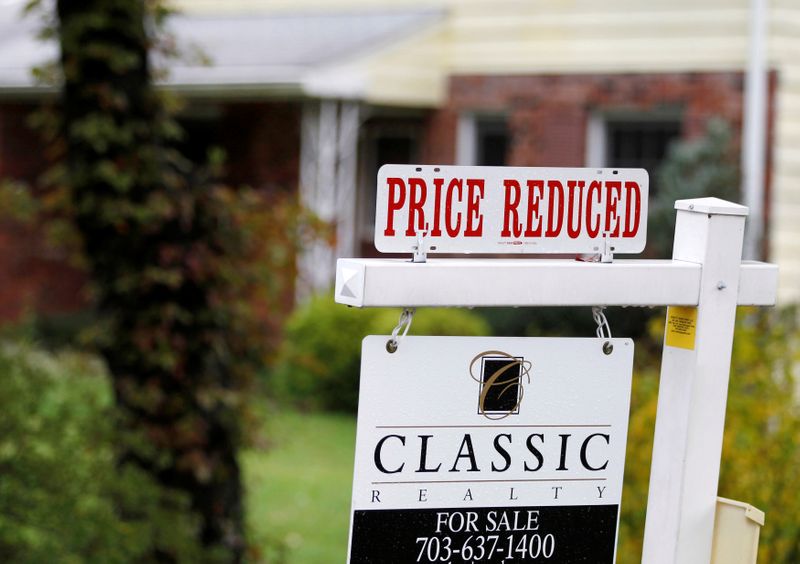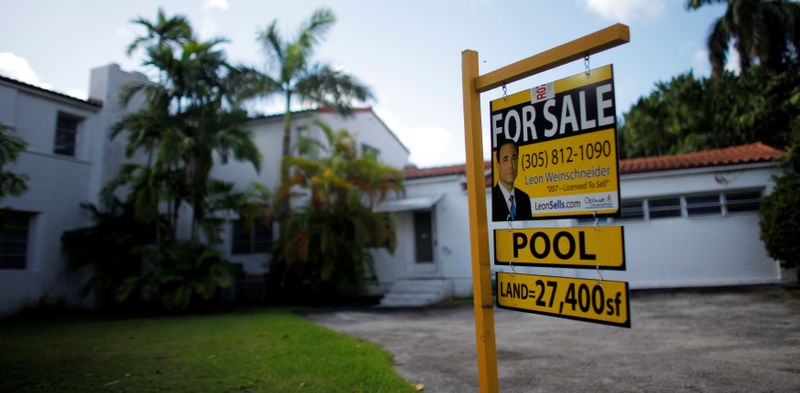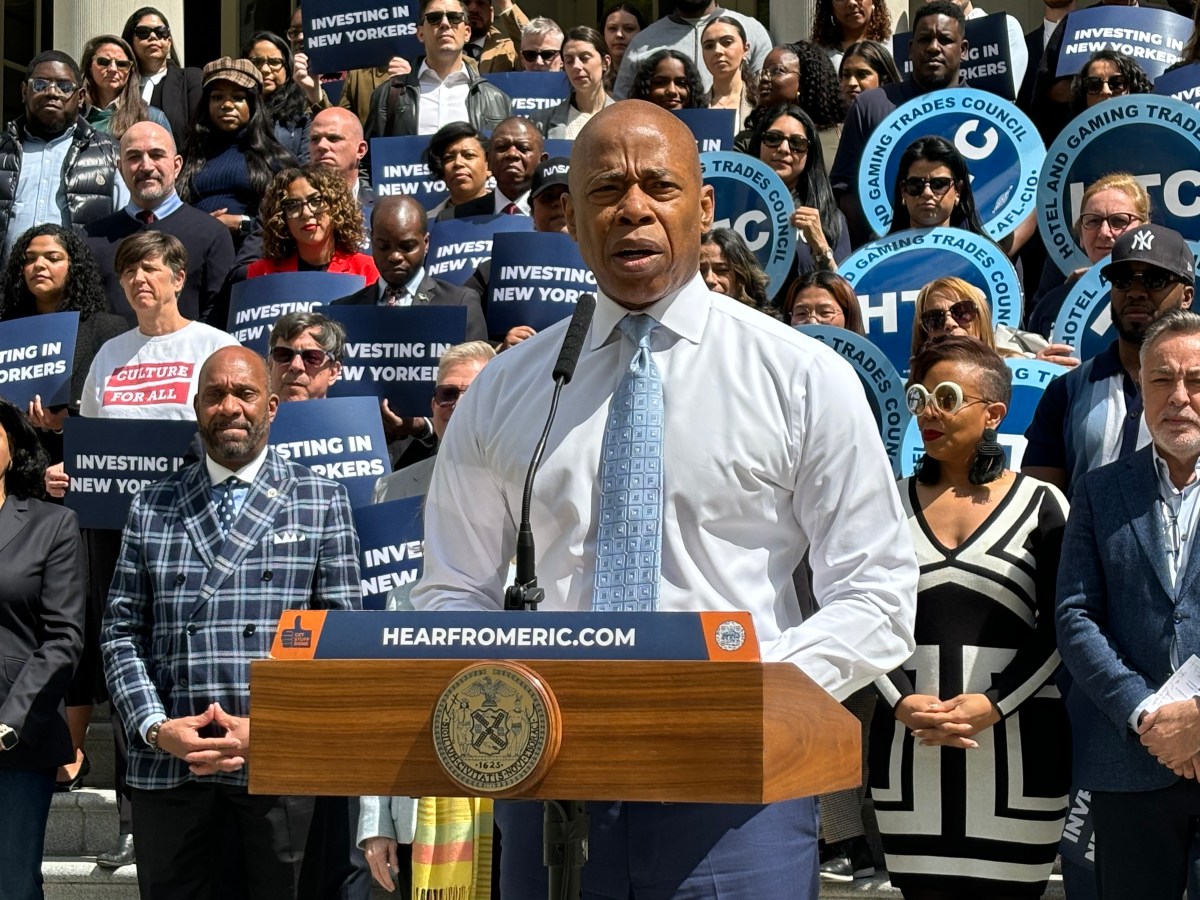(Reuters) – U.S. banks are struggling to understand how their residential mortgage portfolios will perform this year, because borrower-assistance programs during the pandemic have clouded who will be able to pay when forbearance periods and enhanced jobless benefits expire.
Lenders are bracing for losses across most credit products, but mortgages stand out because the share of those loans in forbearance has started to creep up, while the portion of auto loans and credit cards in arrears has become negligible.
The key difference: the mortgage forbearance program is imposed by U.S. agencies that back the vast majority of housing debt and it does not require borrowers to show proof of hardship, industry sources said. That has made it difficult to tell who enrolled out of temporary need or extreme caution, versus who will never be able to resume payments.
“No one really knows how many of these people who are in forbearance are actually going to be able to recover, and how many of them are also going to go to serious delinquency,” said Tim Mayopoulos, president of Blend, a digital mortgage platform.
Some of the biggest U.S. mortgage lenders including JPMorgan Chase & Co and Wells Fargo & Co may talk about mortgage trends when they start reporting first-quarter results on Friday.
There are signs that a meaningful number of home-loan borrowers will not be able to resume payments any time soon.
About 2.7 million U.S. mortgage borrowers, or 5.5% of the total, were in forbearance programs as of Jan. 3, according to the Mortgage Bankers Association (MBA). The portion began rising toward year-end but remained far below the 8.6% peak in June, MBA statistics show.
(chart: https://datawrapper.dwcdn.net/pWr48/1)
“Those homeowners who remain in forbearance are more likely to be in distress, with fewer continuing to make any payments and fewer exiting forbearance each month,” said MBA chief economist Mike Fratantoni.
More than half the borrowers in forbearance have requested extensions since October, according to Blend data. Those who have remained in forbearance since the start are the least likely to re-emerge, credit-monitoring service TransUnion said.
“When all of those plans stop, will they have the ability to repay?” said Peter Pollini, head of banking and capital markets at consultancy PWC.
Banks are worried about a repayment cliff when relief programs expire, he said.
SLOW RECOVERY
The ebb and flow of consumer-debt payments has generally tracked with pandemic trends.
Banks saw savings flourish and loan balances decline for consumers who remained employed and for some Americans who qualified for stimulus funds and enhanced benefits. But a chunk of the population pays bills with fragile income, and they have grown more vulnerable during the pandemic.
Most of the increase in forbearance requests have come from customers with Ginnie Mae-backed mortgages, MBA statistics show. That agency caters more to first-time homeowners, and those with low-to-moderate income, than its peers Fannie Mae and Freddie Mac.
Those three government-sponsored firms have offered 12-month payment holidays through March 2021.
Banks including Chase, Wells Fargo and Bank of America Corp offered similar relief and are generally allowing borrowers to tack missed payments onto the end of their debt, rather than face balloon payments when forbearance ends.
Those still in forbearance tend to have more debt, spread across more products, than other mortgage borrowers, according to TransUnion.
TransUnion expects delinquencies to remain below highs seen during the 2007-2009 financial crisis, but much depends on vaccine rollouts and the incoming Biden administration, which may find ways to extend relief programs further.
If that happens, it will take even longer to get a handle on potential losses, said Blend president Mayopoulos, who was previously Fannie Mae CEO and a senior Bank of America executive.
“We won’t really have a complete understanding of the true picture,” he said, “until these forbearance programs come to an end.”
(This story corrects title of executive in fourth and penultimate paragraphs.)
(Reporting by Imani Moise; Editing by Michelle Price, Lauren Tara LaCapra and Nick Zieminski)





















